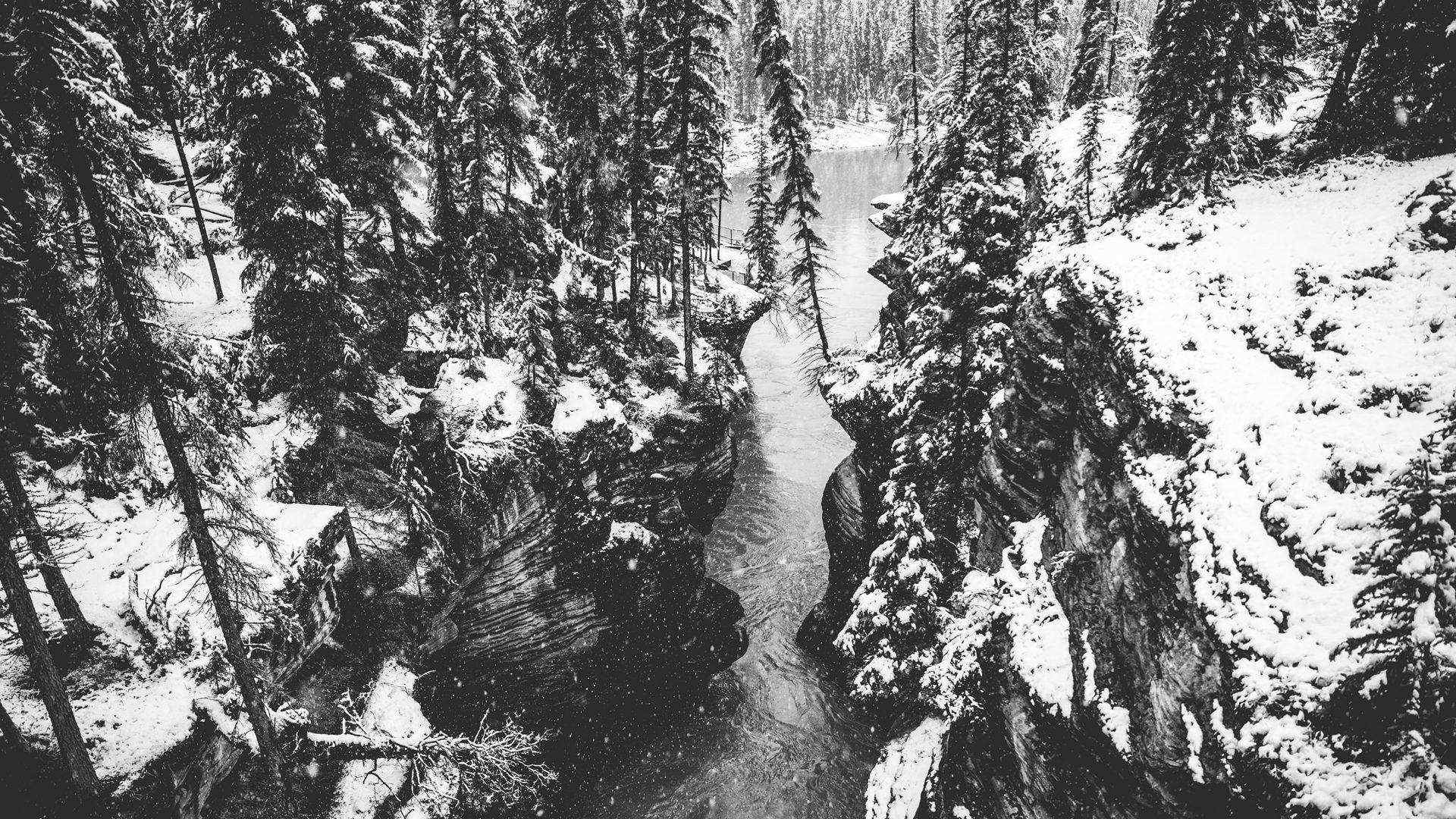Photography is a human right
Yesterday I finally finished listening to the PhotoNetCast episode on the new UK Counter-Terrorism Act. I think many of the very valid concerns that the act brings along with it have been covered in the podcast and discussions elsewhere.
What I find quite interesting is that in two EU countries very different laws and applications of the law are used. The UK is clearly more in line with the (hopefully soon to be past) US view of fear-mongering and limiting rights because of perceived terror threats. Finland on the other hand is getting more and more precedences in which the official position is pro-photography and anti-restrictions.
While Finland is quite peaceful and free of clear threats of terrorism, unlike the UK and US, the difference in official views is stricking.
Before I go any further, I’d like to know was the atmosphere of fear-mongering anyway similar in the UK when the IRA’s bombing campaigns were in force? I was young at the time and the net wasn’t quite as widespread so I have no idea if there are any parallels that can be drawn. But I do remember that at the time the threat was more real than it is now.
In Finland in the last few years we’ve been getting more and more precedences that rule in the favor of the photographer. It all started with a journalists complaint on the limiting of photography / filming in certain areas (such as metro and train stations and airports). The ruling that Finland’s parliamentary ombudsman made in the matter. In the ruling (link contents in Finnish) photography is designated as a part of freedom of speech.
Since freedom of speech is one of the basic rights of a Finnish citizen (a part of the application of the Declaration of Human Rights in Finnish law) all limitations to it must be based on law. In addition to this requirement all the laws that limit basic rights must be very clear in their limitations to the rights. Even based on this, a law like the current Counter-Terrorism Act of the UK would be against the Finnish constitution (and thus un-passable in Finland). Also, as the authorities are supposed to ensure that basic rights (or human rights) are fulfilled, the default action from the authorities should always be biased towards the basic rights instead of their limitations.
For example, some of the following rulings have been made on the rights of photographers:
- Photography in public places is allowed. This also includes all private places where access has not been limited (e.g. stores and malls).
- Photography in waiting areas of hospitals is allowed even if it shows people in the waiting area.
- Photography of diplomatic vehicles, police, etc. is mostly allowed.
The last point above does have some limitations to it. Since diplomatic vehicles are considered a part of diplomatic immunity photographing their interiors etc. without permission may be objectionable to the diplomat in question and thus against the law. Naturally there are laws that limit photography – most importantly the expectation of privacy in ones home and similar areas. But because we are talking about a freedom of expression, by default photography is allowed. Publishing a picture has its own pitfalls, but that is another matter entirely.
But remember, photography is a human right!
